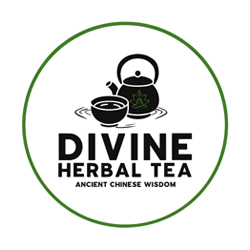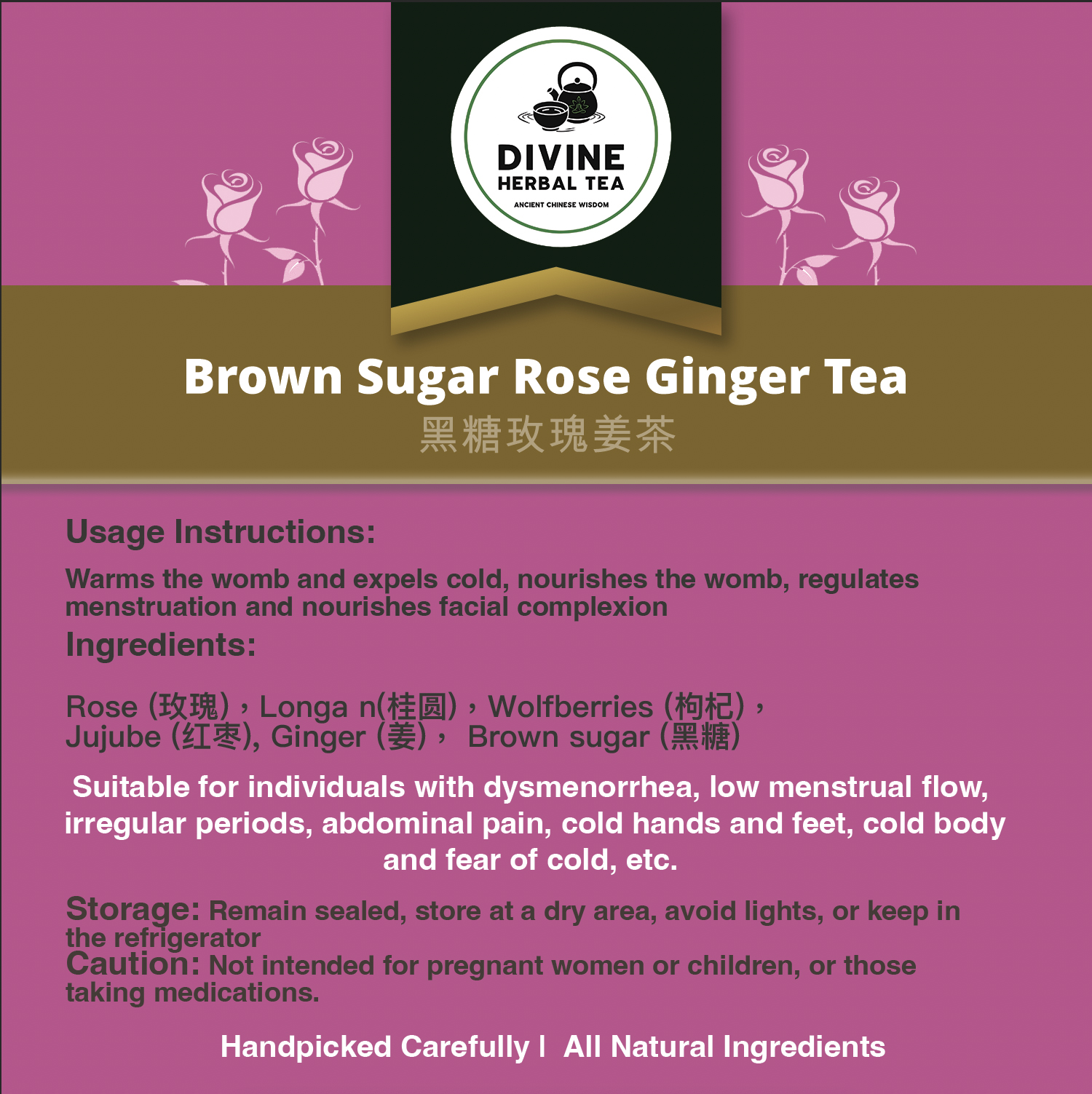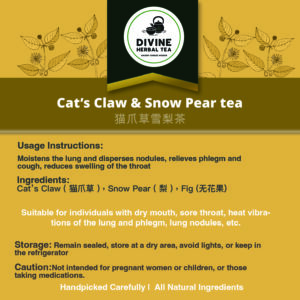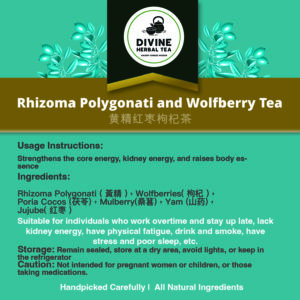“Rose,” known as “玫瑰” (méiguī) in Chinese, is a popular and cherished flower with cultural, aesthetic, and therapeutic significance. Roses are widely grown for their beauty, fragrance, and various uses in different cultures around the world.
Here are some important aspects of roses (玫瑰) and their significance:
- Cultural Symbolism: Roses have long been associated with love, beauty, and romance in various cultures. Different colors of roses are often used to convey different emotions and messages. For example, red roses are commonly associated with love and passion, while white roses can symbolize purity and innocence.
- Aesthetic Beauty: Roses are admired for their exquisite beauty and diverse colors. They are commonly used in floral arrangements, gardens, and decorations for weddings, celebrations, and other special occasions.
- Fragrance: Roses are known for their captivating fragrance, which is used in perfumes, cosmetics, and aromatherapy products.
- Culinary Use: Rose petals and rose water are used in culinary preparations to add a delicate floral flavor and aroma to dishes, desserts, beverages, and teas.
- Therapeutic Use: Rose petals and rose essential oil are valued for their potential therapeutic properties. Rose oil is used in aromatherapy for its relaxing and mood-enhancing effects.
- Skincare: Rose water and rose-infused products are used in skincare routines for their potential benefits for skin health, including soothing and moisturizing properties.
- Medicinal Use: In traditional herbal medicine, roses have been used for their potential health benefits, such as supporting digestion, relieving stress, and promoting relaxation.
- Cultural Practices: Roses hold cultural significance in various traditions and festivals. For example, roses are often used in wedding ceremonies, Valentine’s Day celebrations, and religious rituals.
- Art and Literature: Roses have inspired artists, poets, and writers throughout history. They are often featured in literature, paintings, and other forms of artistic expression.
- Varieties: There are numerous species and varieties of roses, each with its own unique characteristics, including flower size, color, and growth habit.
“Longan,” also known as “dragon eye fruit,” is a tropical fruit native to Southeast Asia. In Chinese, it is called “桂圆” (guìyuán). Similar to other fruits like lychee and rambutan, longan belongs to the soapberry family and is prized for its sweet and aromatic flesh. Longan has a long history of use in traditional Chinese medicine and cuisine.
Here are some important aspects of longan (桂圆) and its uses:
-
Sweet and Aromatic: Longan has a sweet and juicy flesh that is translucent and often described as delicate and aromatic.
-
Nutrient Content: Longan is a source of vitamins (such as vitamin C and vitamin A), minerals (such as potassium and magnesium), and antioxidants.
-
Traditional Medicine: In traditional Chinese medicine (TCM), longan is considered a “tonic” herb with nourishing properties. It is believed to strengthen the heart, calm the spirit, and improve blood circulation.
-
Energy and Blood: Longan is often associated with replenishing energy and nourishing the blood in TCM.
-
Culinary Use: Longan is enjoyed as a fresh fruit, and its flesh is commonly used in Asian desserts, snacks, and beverages. It can also be dried and used in herbal teas.
-
Dried Longan: Dried longan is a popular snack and ingredient in herbal preparations. It has a chewy texture and intensified sweetness.
-
Symbolism: Longan’s Chinese name “桂圆” is said to refer to its resemblance to the bright round full moon, and it is often associated with good luck and unity in Chinese culture.
-
Festivals: Longan is sometimes consumed during the Mid-Autumn Festival in China, where it holds cultural and symbolic significance.
-
Health Benefits: Longan is believed to have various health benefits in TCM, including supporting heart health, improving digestion, and reducing stress.
Seasonal Availability: Longan is typically in season during the summer months in tropical regions.
“Wolfberries,” also known as goji berries, are the fruits of the Lycium barbarum or Lycium chinense plant. In Chinese, they are called “枸杞” (gǒuqǐ), and they have a long history of use in traditional Chinese medicine and cuisine. Wolfberries are small, red berries that are known for their rich nutritional content and potential health benefits.
Here are some key aspects of wolfberries (枸杞) and their uses:
- Nutrient-Rich: Wolfberries are packed with nutrients, including vitamins (such as vitamin C and vitamin A), minerals (such as iron and zinc), antioxidants (such as zeaxanthin and beta-carotene), and essential amino acids.
- Traditional Medicine: In traditional Chinese medicine (TCM), wolfberries are considered a “tonic” herb that can nourish and strengthen the body. They are often used to support liver and kidney health, improve vision, and boost overall vitality.
- Antioxidant Properties: The antioxidants in wolfberries help protect cells from oxidative stress and damage caused by free radicals.
- Eye Health: Wolfberries are known for their potential benefits to eye health. They contain high levels of zeaxanthin, which is associated with supporting healthy vision.
- Immune Support: The vitamin C content in wolfberries contributes to a healthy immune system.
- Energy and Stamina: Wolfberries are considered an adaptogen in TCM, believed to support the body’s ability to handle stress and promote energy and stamina.
- Culinary Use: In Chinese cuisine, wolfberries are used in a variety of dishes, both savory and sweet. They can be added to soups, teas, porridge, and desserts.
- Dried Form: Wolfberries are often dried before consumption. They can be eaten as a snack, added to recipes, or steeped in hot water to make a tea.
- Superfood Status: Wolfberries have gained popularity as a “superfood” due to their impressive nutrient profile and potential health benefits.
- Cultural Significance: In Chinese culture, wolfberries are sometimes associated with longevity and used in celebrations, particularly during the Chinese New Year.
“Jujube” is the common name for the fruit of the Ziziphus jujuba tree. In Chinese, it is known as “红枣” (hóng zǎo), and it is commonly referred to as “red date.” Jujube is a popular fruit in China and other Asian countries, and it has been used for its nutritional and medicinal benefits for centuries.
In Chinese cuisine and traditional medicine, jujube is highly regarded for its various properties and uses. It’s often consumed as a dried fruit or used to make teas, soups, and other dishes. The Chinese characters “红枣” literally translate to “red date,” highlighting the resemblance of jujube to dates in appearance.
In addition to the benefits mentioned earlier, here are some ways jujube (红枣) is used in Chinese culture:
Nourishing Blood: Jujube is believed to have nourishing properties, particularly for improving blood circulation and supporting overall vitality.
Qi (Vital Energy) Tonic: In Traditional Chinese Medicine (TCM), jujube is considered a Qi tonic. It is thought to replenish and harmonize the body’s vital energy.
Herbal Formulas: Jujube is often included in various herbal formulas in TCM to enhance the effects of other herbs and promote balance in the body.
Strengthening the Spleen: In TCM, jujube is associated with the spleen meridian and is used to strengthen digestion and support the spleen’s functions.
Tonifying Herbs: Jujube is sometimes combined with other tonifying herbs in traditional formulas to enhance their benefits.
Balancing Yin and Yang: Jujube is considered a neutral fruit that can help balance the body’s Yin and Yang energies.
Culinary Use: Jujube is used in various Chinese culinary dishes, both savory and sweet. It can be added to soups, stews, porridge, and desserts.
Candied Jujubes: Jujubes can be candied and enjoyed as a sweet treat.
Symbolic Significance: Jujubes are also associated with festivals and celebrations in Chinese culture, often symbolizing happiness and good wishes.
Ginger,” known as “姜” (jiāng) in Chinese, is a flowering plant that is widely used for its aromatic and flavorful rhizome. Ginger has a long history of culinary, medicinal, and cultural use in many parts of the world. It is known for its unique taste, pungent aroma, and potential health benefits.
Here are some important aspects of ginger (姜) and its uses:
-
Culinary Use: Ginger is a popular spice used in various cuisines around the world. It adds a distinct flavor and aroma to dishes and is used in both savory and sweet recipes.
-
Flavor and Aroma: Fresh ginger has a slightly spicy and pungent taste with a warm, citrusy aroma. Dried and ground ginger is often used as a spice in baking.
-
Digestive Aid: Ginger is well-known for its potential digestive benefits. It is often used to soothe nausea, relieve indigestion, and alleviate motion sickness.
-
Anti-Inflammatory: Ginger contains compounds called gingerols, which have anti-inflammatory properties. It may be helpful for reducing inflammation and pain in conditions like osteoarthritis.
-
Immune Support: Ginger has antioxidants and immune-boosting properties that may help support the body’s defense against infections.
-
Nausea Relief: Ginger is commonly used to alleviate nausea and vomiting, including morning sickness during pregnancy and nausea associated with chemotherapy.
-
Warmth and Comfort: In many cultures, ginger is used to make warming beverages like ginger tea, which can be comforting during cold weather or when feeling unwell.
-
Traditional Medicine: In traditional Chinese medicine (TCM), ginger is used to invigorate the body’s Qi (vital energy), promote circulation, and support overall well-being.
-
Natural Remedy: Ginger is used as a natural remedy for various ailments, including colds, sore throats, and muscle pain.
-
Cultural Significance: Ginger has cultural significance in different societies. For example, it’s used in traditional medicine systems like Ayurveda and TCM, as well as in various culinary traditions.
-
Versatile Use: Ginger can be used in many forms, including fresh, dried, powdered, and as an ingredient in condiments and sauces.
- Candied Ginger: Candied ginger is made by cooking ginger in sugar syrup. It can be enjoyed as a sweet and spicy treat.
Brown sugar, also known as “黑糖” (hēi táng) in Chinese, is often considered a more wholesome alternative to refined white sugar due to its slightly higher molasses content and trace minerals. However, it’s important to note that the health benefits of brown sugar are relatively minor compared to other more nutrient-dense foods. Here are some potential health benefits associated with brown sugar:
Trace Minerals: Brown sugar retains some of the minerals found in sugarcane, such as calcium, iron, magnesium, and potassium. While the amounts of these minerals are relatively small, they can contribute to your overall nutrient intake.
Slightly Lower Glycemic Index: Brown sugar may have a slightly lower glycemic index (GI) compared to white sugar. This means it may cause a slower and more gradual increase in blood sugar levels, which can be beneficial for people who need to manage their blood sugar levels.
Molasses Content: Brown sugar gets its color and flavor from the molasses content it retains. Molasses contains antioxidants and certain compounds that may have potential health benefits, such as reducing oxidative stress and inflammation.
Flavor and Aroma: The caramel and toffee notes in brown sugar can enhance the flavor of dishes and baked goods without the need for additional artificial flavorings.
Texture and Moisture: Brown sugar’s moisture content can help add moisture and texture to baked goods, potentially resulting in softer and more flavorful products.
Warming Properties in Traditional Medicine: In traditional Chinese medicine (TCM) and other holistic practices, brown sugar is sometimes believed to have warming and nourishing properties. It is often used in tonics and herbal remedies.
It’s important to keep in mind that while these potential benefits are noteworthy, the differences between brown sugar and white sugar are relatively small, and both types of sugar are still sources of added sugars and calories. The key to a healthy diet is moderation and choosing nutrient-dense foods that provide a range of vitamins, minerals, and other beneficial compounds.
If you’re looking to reduce your sugar intake or make healthier dietary choices, consider using alternatives like natural sweeteners in moderation, and focus on a balanced diet rich in whole foods, fruits, vegetables, whole grains, lean proteins, and healthy fats. Always consult with a healthcare professional or registered dietitian before making significant changes to your diet, especially if you have specific health conditions.






